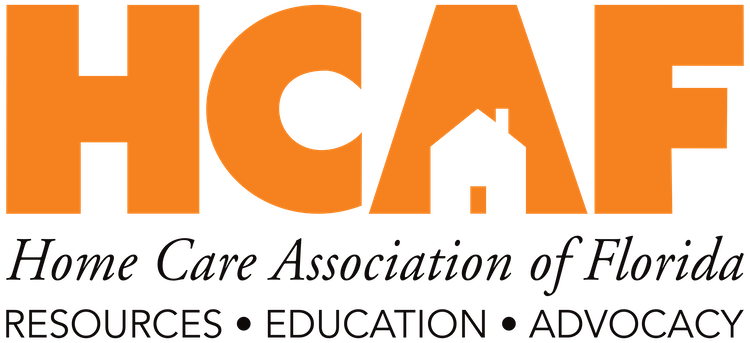Congressional Budget Talks & Medicaid Policy Debates Take Center Stage

Congressional Budget Talks & Medicaid Policy Debates Take Center Stage
As Congress wrestles with government funding deadlines, budget negotiations, and health care policy debates, Medicaid remains a key focus. With a March 14 government funding deadline approaching, discussions continue on spending cuts, workforce policies, and the future of Medicaid funding. Meanwhile, political leaders are navigating public concerns and industry pushback as they weigh potential Medicaid reforms.
Government Funding & Budget Negotiations
Lawmakers are divided on how to fund the government beyond March 14. House Republicans are signaling a short-term continuing resolution (CR) to allow additional time for negotiating a full-year budget deal, while Senate Democrats remain skeptical of the House’s budget framework.
At the center of the debate is the House budget resolution, which includes Medicaid cuts that have sparked significant public opposition. During last week’s House recess, many members faced constituent backlash against Medicaid reductions, forcing those who previously supported the resolution to clarify that their votes were procedural rather than an endorsement of cuts.
Adding to the uncertainty, President Donald Trump has publicly opposed Medicaid cuts, while House Speaker Mike Johnson has stated in a CNN interview that per capita caps and Federal Medical Assistance Percentage (FMAP) changes are off the table. Instead, he emphasized that savings would come from efficiency measures rather than outright reductions, leaving work requirements and modifications to provider taxes as remaining cost-saving options. However, hospitals and other health care providers are strongly pushing back on changes to provider tax policies.
Medicaid Policy & Potential Impact on States
As Medicaid remains at the heart of budget discussions, several key reports and analyses shed light on the potential consequences of policy changes. The following resources provide state-by-state estimates and insights into how federal Medicaid cuts could shift financial burdens and affect coverage:
- Reducing Federal Support for Medicaid Expansion Would Shift Costs to States and Likely Result in Coverage Losses (Urban Institute) – This report details potential Medicaid enrollment and spending changes by congressional district, useful for advocacy at the state level.
- Eliminating the Medicaid Expansion Federal Match Rate: State-by-State Estimates (KFF) – Examines the impact of eliminating enhanced FMAP for Medicaid expansion enrollees, estimating costs under different scenarios.
- A Medicaid Per Capita Cap: State-by-State Estimates (KFF) – Analyzes the potential effects of imposing per capita caps on federal Medicaid spending.
Health Care Spending & Medicaid Home Care Trends
The Kaiser Family Foundation (KFF) has released several key reports that provide critical insights into Medicaid’s impact on home care, workforce challenges, and state-level payment policies:
- Federal Health Care Spending Overview
- In fiscal year 2024, the federal government spent $1.9 trillion on health care, the largest category of federal spending (27% of the total budget).
- Medicare (36%), Medicaid/CHIP (25%), and employment-based health coverage (17%) account for the majority of federal health care spending.
- Over half of discretionary federal health care spending supports veterans’ hospital and medical care, while additional funding goes to the National Institutes of Health (NIH; 19%), Centers for Disease Control and Prevention (CDC; 4%), and global health programs (4%).
- Medicaid Home- & Community-Based Services (HCBS)
- Nursing facility care is a mandatory Medicaid benefit, but most home care services are optional for states.
- All states offer some form of Medicaid home care, through either 1915(c) waivers (47 states, including Florida), 1115 waivers (14 states, including Florida), personal care offered as a state plan benefit (34 states, including Florida), or the Community First Choice Option (10 states).
- 48 states provide Medicaid home care services for individuals with intellectual or developmental disabilities, and 46 states cover services for seniors and individuals with physical disabilities.
- Medicaid Home Care Workforce & Payment Rates
- Every state reported home care workforce shortages, particularly among direct support professionals, personal care attendants, nursing staff, and case managers.
- 41 states reported permanent closures of home care providers over the past year due to workforce challenges.
- More than half of states pay personal care providers less than $20 per hour, with some states struggling to sustain wage increases as enhanced federal funding from the American Rescue Plan Act (ARPA) expires.
What’s Next?
With budget negotiations intensifying and Medicaid policy changes under discussion, the coming weeks will be crucial in determining the future of Medicaid funding, provider reimbursement, and workforce policies.
HCAF will continue to monitor Medicaid policy developments in Congress and provide updates as they emerge.
